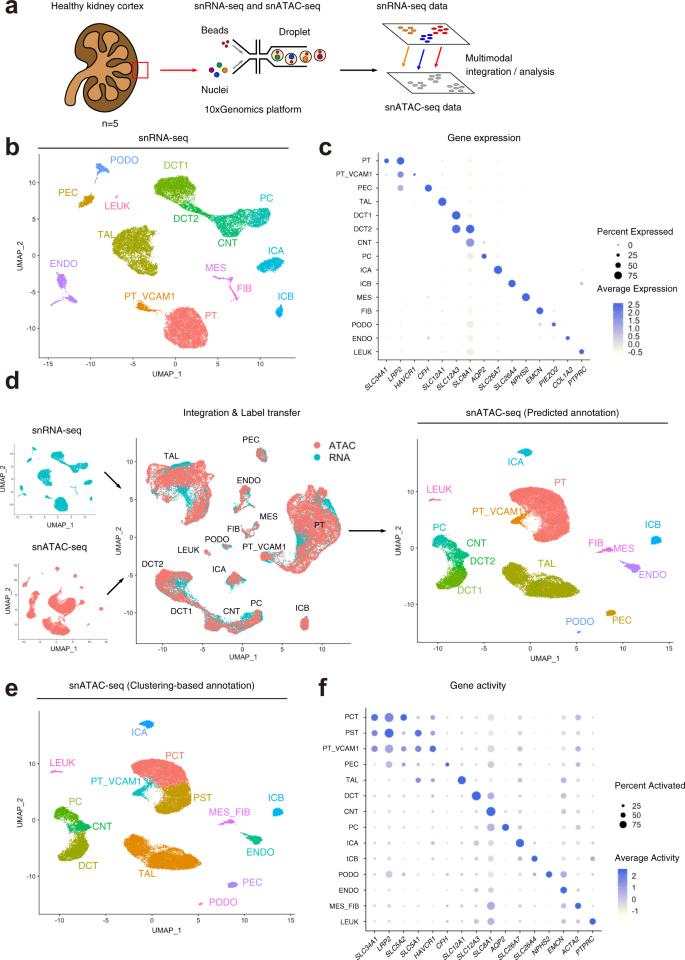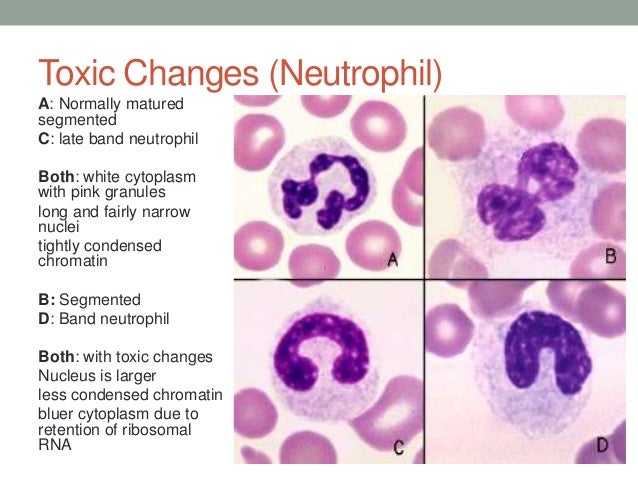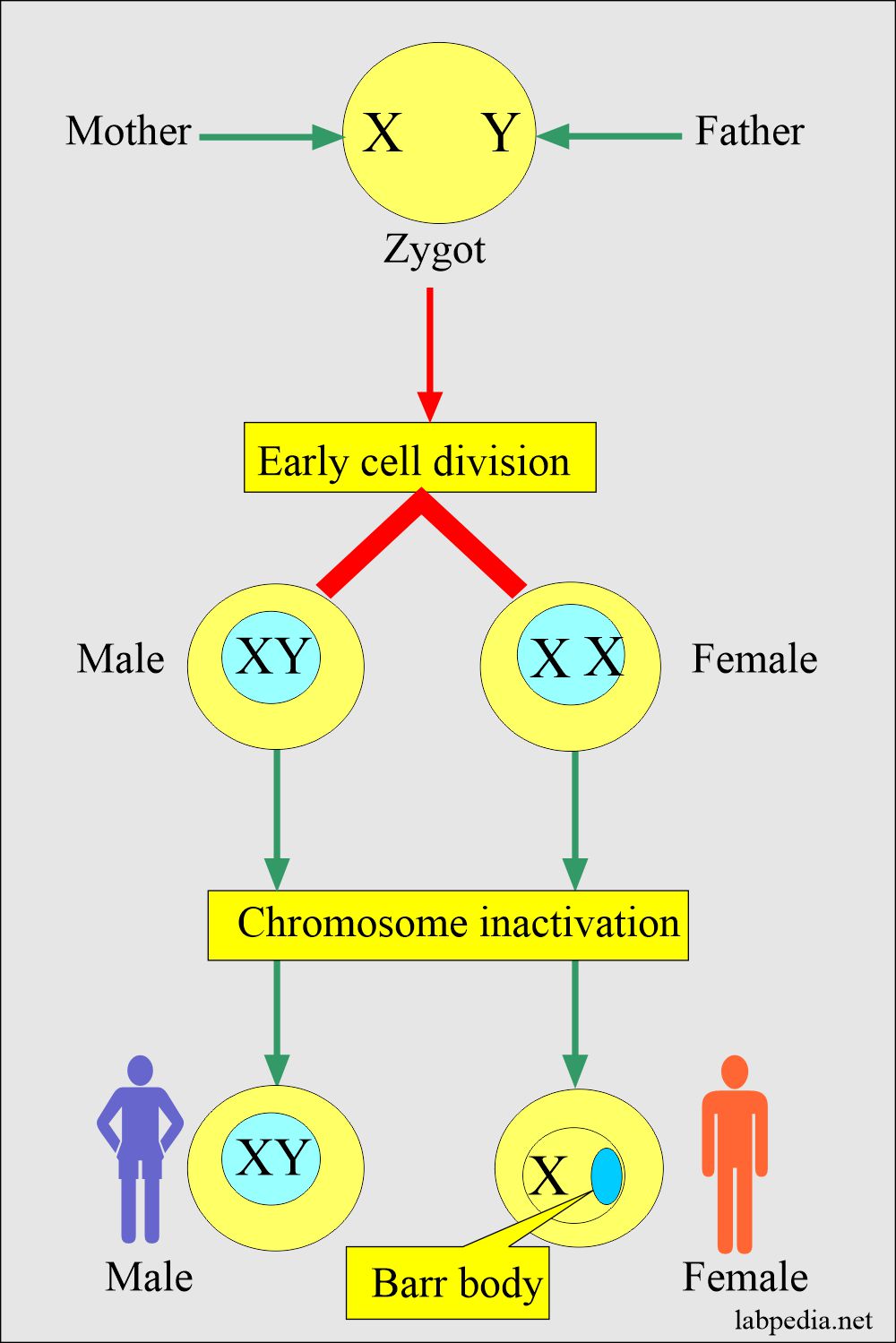

Wesley Burks MD, in Middleton's Allergy: Principles and Practice, 2020 Chromatin and Histone Modifications Regulate Inflammatory Gene Expression Thus it is important to understand what type of information can be obtained, and what cannot, from different types of genetic analysis.Ī.

77įrom this brief summary of pathogenetic mechanisms in soft tissue tumors, it is clear that mutations need to be sought at different levels to support or refute a particular diagnosis. USP6 encodes a ubiquitin-specific protease, and it seems as if overexpressed USP6 results in activation of the nuclear factor κB (NF-κB) TF complex, but the exact pathogenetic mechanisms remain to be elucidated. These tumors display fusions that activate USP6 expression through promoter swapping with MYH9.

76Ĭompletely different mechanisms seem to be involved in other tumors, such as nodular fasciitis. Therefore, in line with targeted therapies for fusions involving PK, tyrosine kinase inhibitors are of clinical value in unresectable or metastatic cases of dermatofibrosarcoma protuberans. Indirectly, however, these result in activation of PKs, the tyrosine kinase receptors PDGFRB and CSF1R, respectively. Some gene fusions involve growth factors, such as the COL1A1- PDGFB fusion in dermatofibrosarcoma protuberans or giant cell fibroblastoma and the COL6A3- CSF1 fusion in tenosynovial giant cell tumor. 72-74 Thus, DNA methylation and histone deacetylase inhibitors, initially developed for other neoplasms, might become useful for epigenetic treatment of some sarcomas as well. For example, the amino-terminal part of the EWSR1 protein is known to interact with the SWI/SNF complex, and fusions combining an amino-terminal TF with the carboxy-terminal part of NCOA1 or NCOA2 retain the histone methyltransferase-interacting domains of the NCOA protein. Several fusions involving TFs also to some extent likely exert their pathogenetic impact by affecting the chromatin configuration. 71,72 These fusion proteins have a profound impact on the transcription machinery, which might help explain why soft tissue tumors with such fusions are either undifferentiated, as exemplified by undifferentiated round cell sarcomas with the BCOR- CCNB3 fusion, or display disparate lines of differentiation, such as synovial sarcoma with SS18- SSX fusions or ossifying fibromyxoid tumor with PHF1 fusions. Proteins that are involved in chromatin modification and remodeling have emerged as important players in tumorigenesis. Goldblum MD, in Enzinger and Weiss's Soft Tissue Tumors, 2020 Fusions Involving Chromatin Regulators and Other Protein Classes


 0 kommentar(er)
0 kommentar(er)
